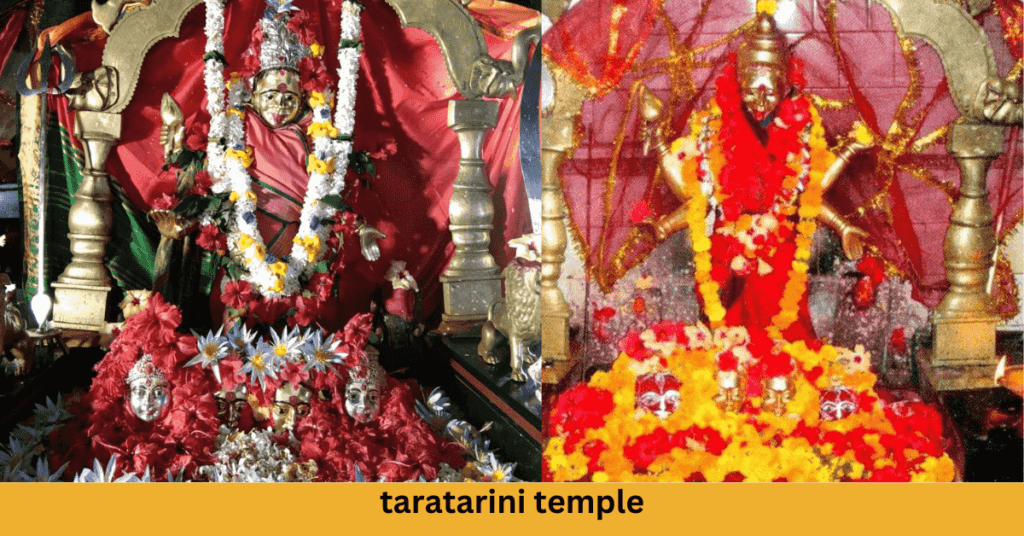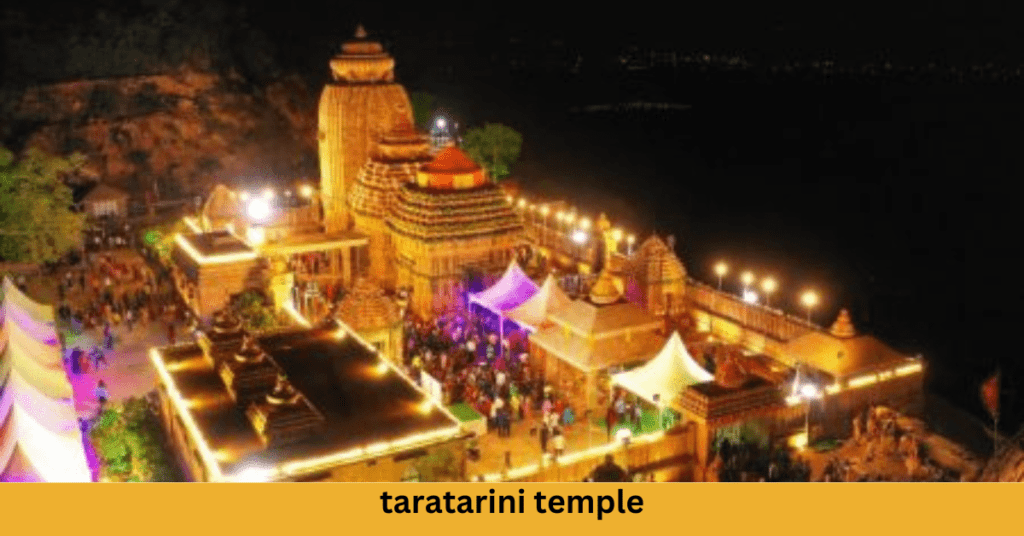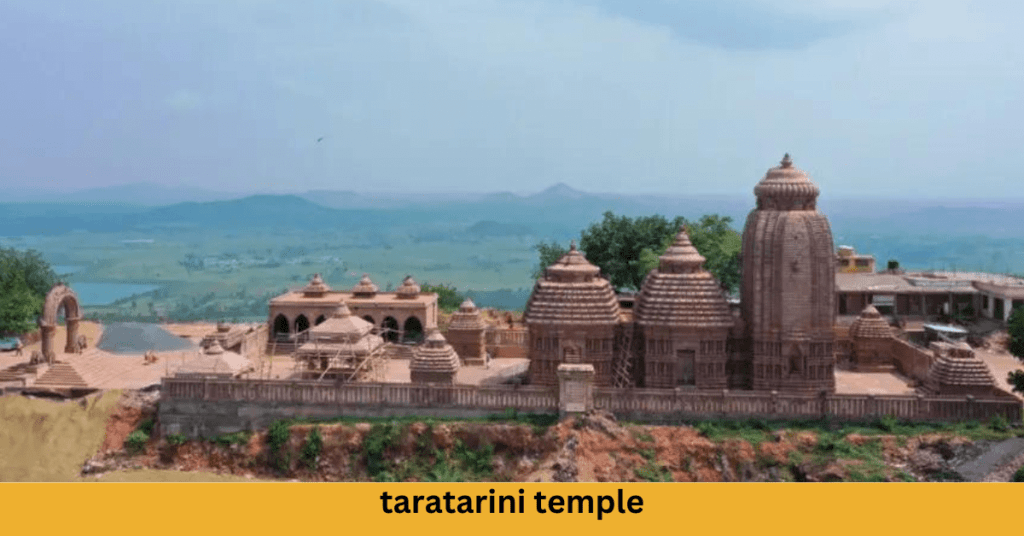Introduction: The Taratarini Temple is a magnificent testament to India’s rich cultural and religious heritage. Nestled atop the Kumari hills in the Ganjam district of Odisha, this temple holds immense significance for devotees and historians alike. With a history spanning over five centuries, the Taratarini Temple has undergone numerous transformations, each leaving its mark on its architecture, rituals, and religious practices. In this article, we travel through time to see the Taratarini Temple’s development from its modest origins to its current splendor.
Taratarini Temple From the Past to the Present
The Early Origins:
The roots of the Taratarini Temple can be traced back to ancient times, shrouded in legends and folklore. According to one popular belief, the temple is associated with the twin goddesses Tara and Tarini, who were believed to have descended from heaven to reside on the Kumari hills. People believe it was constructed in the 16th century.
The Gajapati dynasty significantly influenced the following:
The design of temples between the 16th and 17th centuries through its patronage of art and architecture. The dynasty’s rulers made significant contributions to the temple’s development, including the addition of elaborate stone carvings, intricate sculptures, and the construction of a stepped pond known as the Swarna Ganga.
Maratha Rule and the Taratarini Temple:
In the 18th century, the Marathas exerted influence over the region, bringing their unique architectural style to the Taratarini Temple. During this period, the temple witnessed renovations and further embellishments, with the Marathas adding new elements, such as the Mukti Mandapa (hall of salvation) and the Kalpavriksha (wish-fulfilling tree) within the temple complex.
British Era and Neglect:
With the arrival of the British in the 19th century, the Taratarini Temple faced a period of neglect and decline. The British administration, focused on consolidating their power, paid little attention to preserving and maintaining cultural and religious sites. As a result, the temple suffered from a lack of repairs and dwindling devotee numbers.
Revival and Restoration:
The 20th century marked a turning point in the fate of the Taratarini Temple. An effort was made to repair and renew the temple to its former splendor due to a rise in interest in ancient Indian history. Local devotees, religious organizations, and the government collaborated to undertake restoration projects, including repairing the temple’s structure, preserving its artwork, and improving visitor amenities.
Modern Developments:
The Taratarini Temple has witnessed significant developments in recent decades to accommodate the growing number of devotees and visitors. Today, improved infrastructure such as paved roads, parking lots and accommodation have made it easier for pilgrims to reach it. Additionally, the temple management has embraced technology by introducing online booking systems, live streaming of rituals, and digital information kiosks to enhance the visitor experience.
Continued Significance and Festivals:
Even as the Taratarini Temple has evolved over the centuries, its spiritual significance remains steadfast. The temple continues to attract devotees from across the country, particularly during the annual Chaitra and Ashwin Navaratri festivals, when thousands of pilgrims flock to seek blessings from the divine mother goddesses Tara and Tarini. These festivals are celebrated enthusiastically and include elaborate rituals, cultural performances, and traditional processions.
taratarini temple Photos







Conclusion
The Taratarini Temple’s journey from the past to the present encapsulates the dynamic nature of cultural and religious traditions. The temple continues to stand as proof of the tenacity and commitment of its devotees despite the difficulties and changes it has experienced. As it continues to evolve, the Taratarini Temple remains an important cultural and spiritual landmark, inviting people to connect with its history, architecture, and divine energy.
